I wore my favorite dinosaur t-shirt and corduroy overalls. My great aunt Gail hummed along in her scooter while I skipped to keep up, my feathery bowl cut slipping through the breeze of the boardwalk. A creative creature herself, she’d decided to take me on one of the greatest adventures my eight-year-old brain could dream up; we’d visited a gallery and an art supply store that morning, where I got my first kneaded eraser and a few bits of charcoal. Now we were off to find a portrait artist she’d seen around town. After a short skip/scoot, we stumbled upon the artist and I settled in to have my portrait drawn. I’d get to see a real artist at work!
My little wooden chair was trembling; I was so excited that I could hardly keep still. After ten minutes or so and despite all my wiggling, the artist leaned back (tada!) and my aunt asked, all smiles, “Isn’t my niece beautiful?” The artist looked at her, confusion briefly flashing. Then: a few furtive marks on the portrait, a quick sealant on the work with a spritz, a turning easel for me to take a look.
With shining bowl cut and hint of tooth I hadn’t quite grown into yet, the portrait was a perfect rendering. I couldn’t believe it! I knew in a moment that being a real artist, whatever that meant to my child brain, would be hard work. There was one detail, though, that caught me off guard: daddy-long-leg-longs, Minnie Mouse homage eyelashes. I’d never seen such large specimens, most especially on my own face. How could the artist have made such a huge mistake?
Off the binary
I rediscovered the portrait, slightly crumpled, at the back of my closet around middle school. I’d put two and two together by that time and realized that the lashes were the artist’s final attempt to tell us “This subject is a girl! A real life girl! Pay no attention to the dinosaurs, for I have given the child eyelashes!” Putting just enough pieces of the puzzle together to frustrate me (without really understanding why I was frustrated), I ripped up the portrait and threw it away. I would have burned it if my mother had let me.
My understanding of this childhood portrait came in waves. Not until I’d graduated with an art degree, come out as queer, come out again years later as nonbinary, flopped around sloppily in non-art jobs, and finally returned to my creative practice did I begin to explore the indicators we might give or interpret in visual art to represent or contemplate gender and sexuality. What clues can a work give you about experiences or identities that are, at times, seemingly intangible? Where one person might observe a dinosaur t-shirt, another might observe a marker of gender, and where an artist might add eyelashes, for instance, they might also be offering critical information about their own worldview. Around the time of this revelation, I stopped drawing eyes (preferring to avoid such commonly gendered territory as eyelashes) in my own self portraits.
Questions & reflections
As a transdisciplinary artist exploring gender and sexuality, chronic pain, memory, mental health, and accountability, my creative practice today is not bound by any particular process. Typically, I start with questions and use any means necessary to find answers—or, more likely, new questions. In major works, my artwork is highly relational and performative, designing experiences that complicate the position of an audience and, sometimes, implicate viewers in experiences for which they may not otherwise feel responsibility.
My critical work is social and participatory, where an audience helps make sense of the world right along with me. When I can’t get around to these kinds of expensive or planning-heavy projects, I toil away on found plates, mirrors, scraps of cardboard, and other discarded items, working out ideas in small studies. Self-portraits on mirrors hold glasses framing blank spaces, where one might expect eyes to be. In this way, I both avoid giving information regarding gender and hope to heighten our subconscious questions about gender (I once positioned myself within earshot of my mirror portraits, stealthily listening to audience members’ responses to the drawings. Comments like, “Who’s that guy?” or “I think I know that girl!” really excite me, as they raise up our assumptions in ways we might not realize at first).
I often use mirrors as a resource in lectures and workshops, telling the dinosaur t-shirt story and reflecting with participants on how we choose to tell our own stories, why we need space to explore and control our own images, and maybe even if or how we do gender. While my drawings act as income for dry spells between exhibitions, they also serve as raw material for educational outreach and proactive studies for major works.
Participatory art
Toast was one of those major works, on view from April 1 through April 23, 2016 at the Arts + Literature Laboratory. Toast lived first as an installation and video-based work, reconciling the tension between private confrontations and public spectacles, contemplating both what people do spontaneously and what people perform consciously. One week before the opening, I’d invited guests to join me in the gallery to read from a script while we filmed them. This script contained one-liners that have been said to or about me over the course of my life. These memories (like “Hey faggot! Shave your legs! or “I’ll just assume you’re a lesbian because you say you are” and “I hope you don’t give my grandbaby AIDS”) introduced guests to the core themes of the exhibition, inviting early participant/co-authors to help shape, through their performances, what the exhibition Toast would become.
With the help of Midwest Story Lab, we edited these recorded performances to project larger-than-life mouths on the walls of the gallery, those mouths speaking memories into open air, sharing the weight of the words with me. The memories bounced around a room full of my belongings, the gallery set up to look like my living space (including such knick knacks as bowl cut childhood versions of myself in little frames on shelves), and ultimately fueled conversations around gender and sexuality for the near-month of the exhibition
About six months after the close of the exhibition, I self-published a 64-page book reflecting on Toast. This was an important extension of the show, not merely documentation of it, and included short stories explaining the exhibition’s script, interviews with my partner that help flesh out memories I can’t quite put shape to on my own, essays describing those theories of socially engaged art that undergird my practice, and detailed recollections of the making of Toast. This book was my first major writing project as a working artist and taught me a lot about my own practice. I look forward to engaging writing as a medium for meaning-making in future projects.
Shadows & light
Moving forward, I’m eager to explore a new aesthetic language around shadows to try to understand my experience as a nonbinary queer person with chronic pain. Like I’ve used mirrors as a tool to convey information, I will research and leverage the lore, dimensions, ephemerality, performative potential, and overall form of shadows to guide my work as an educator and socially engaged artist. This new chapter of my work has blossomed from a few moments converging—both the excitement of seeing visitors’ shadows cast on those projected mouths of Toast, and the discomfiting sensation that to be a nonbinary trans person (that is to say, no longer understanding myself as dino t-shirt niece but placed somewhere off the binary of gender altogether, where they/them pronouns feel good and the ambiguity of queerness gives me comfort) is to somehow be a thing that’s not here but not quite there, to declare what I’m not instead of what I am, to be a shifting, shadowy thing.
See, like those images I cast under streetlights, my understanding of my own gender shifts by the moment, sometimes slipping so far beyond my comprehension that I can’t see it—let alone feel it—anymore, sometimes becoming so clear and in focus that it would be difficult to have any questions at all. I’m eager to use this rich new language of shadows alongside my community to better understand our individual and collective experiences, whether they pertain to our social locations or to intertwined experiences and identities.
This work doesn’t exist in a vacuum. My understanding of what it means to be an artist (and to be nonbinary!) is absolutely shaped by the work of organizers, creatives, activists, and youth in our community—and only barely by that boardwalk artist. I’m grateful to have found a voice in the arts and to be continuously learning alongside peer queers and allies.
Alaura Seidl is the Executive Director of the ArtWrite Collective and a teaching artist at the Monroe Street Arts Center. To learn more about Alaura’s work, check out their website at alauramegan.com. To explore collaborations, book a workshop, or purchase a copy of Toast, contact them at [email protected].

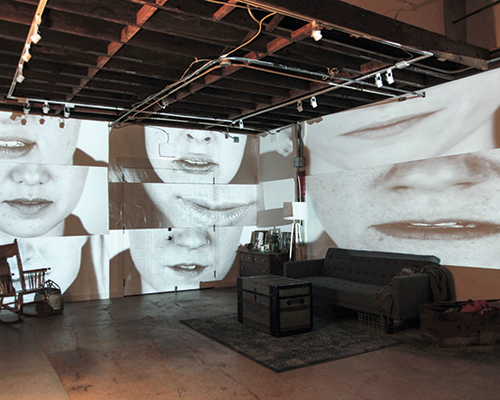


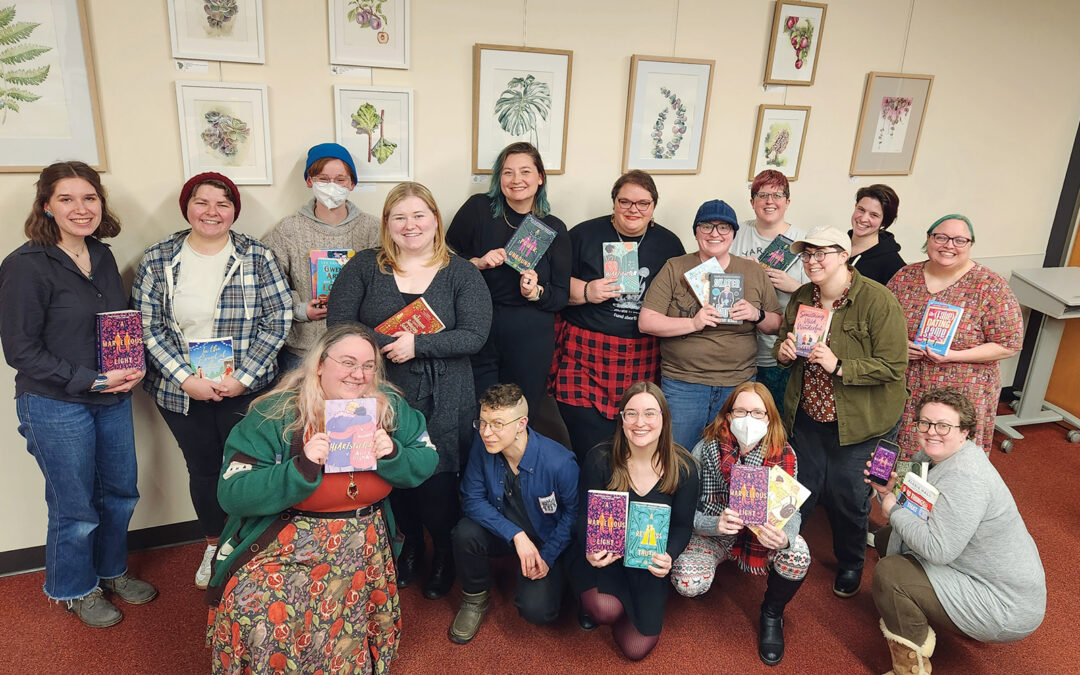
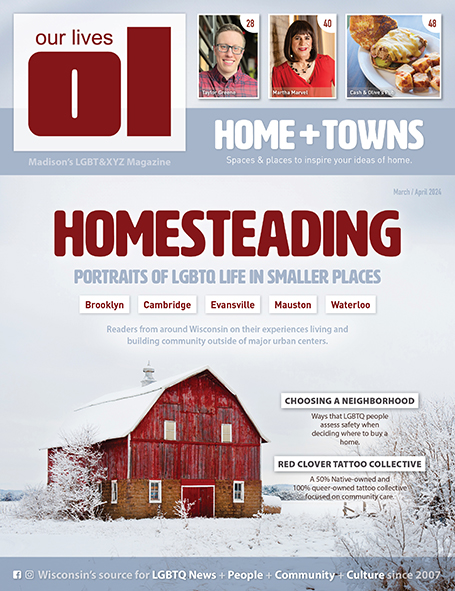
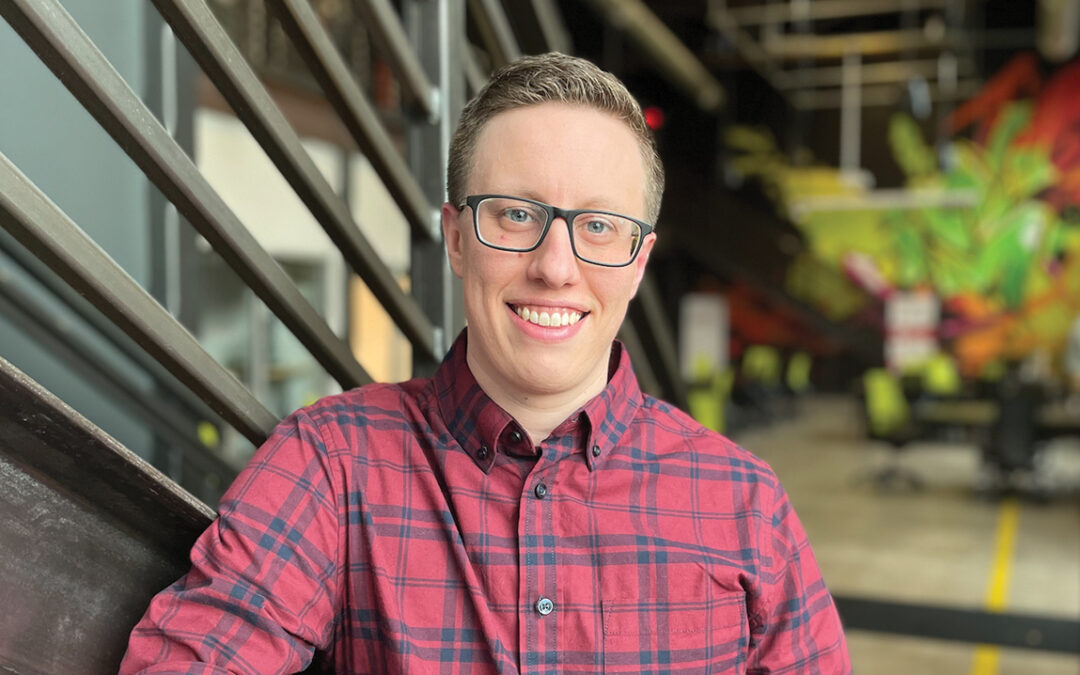
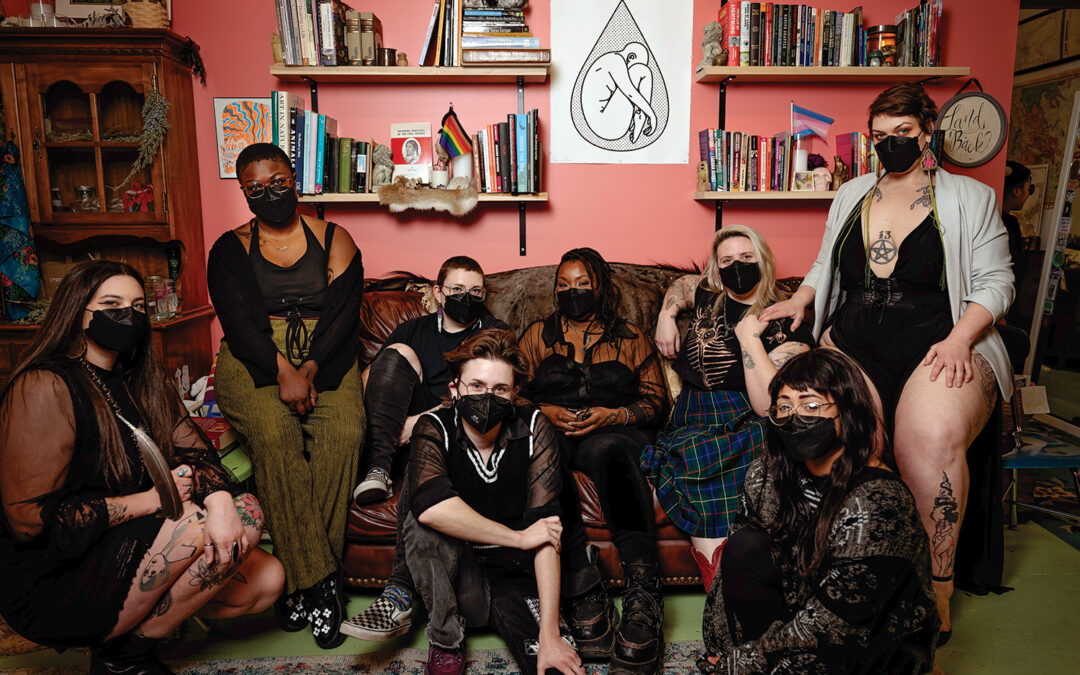
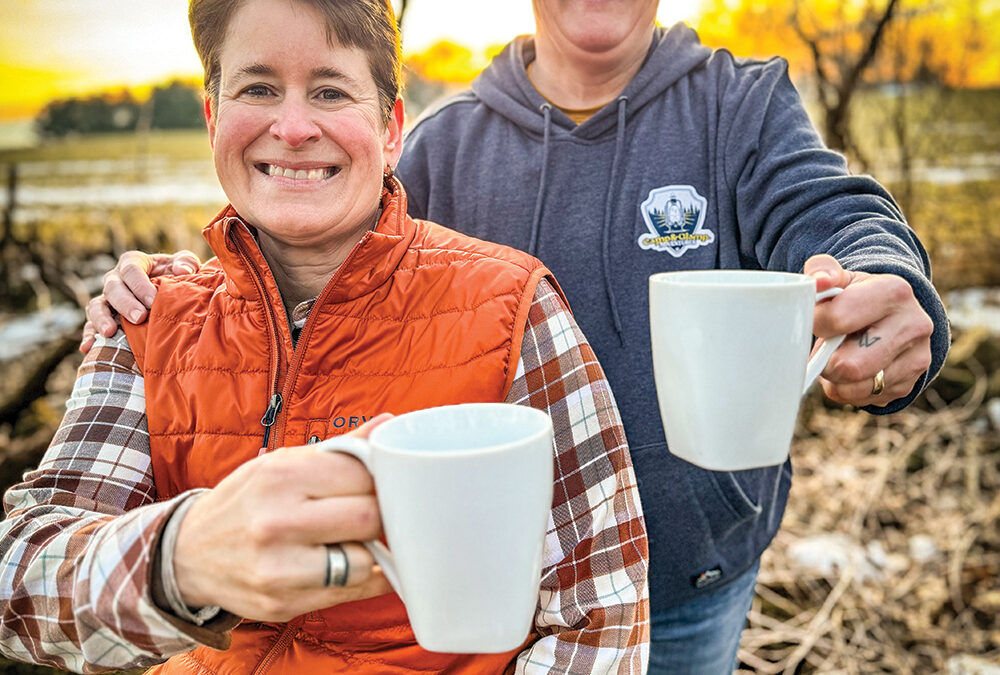
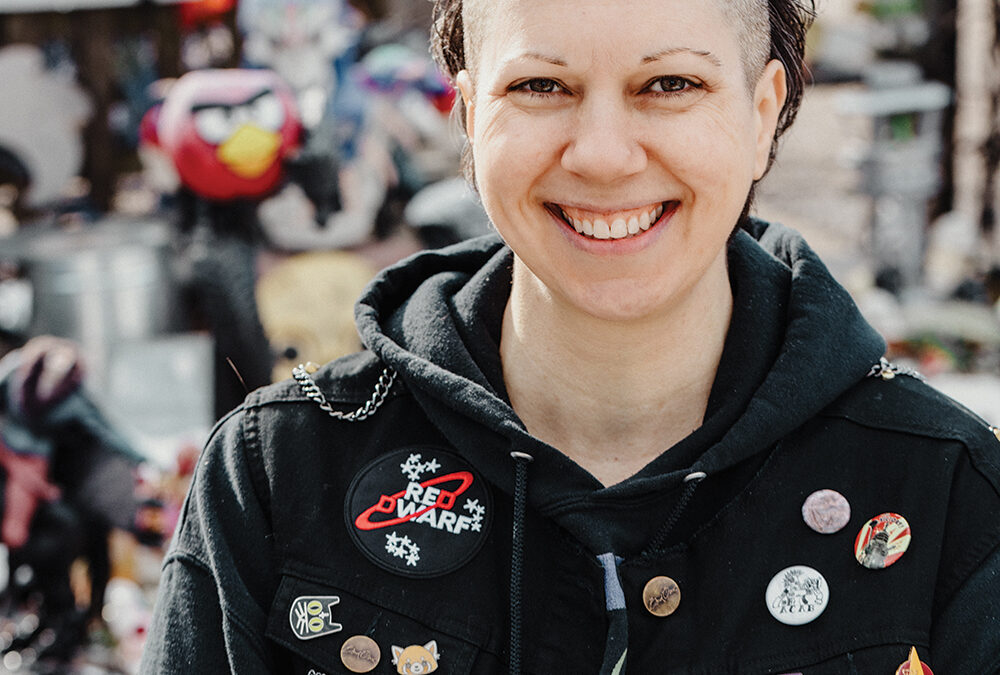
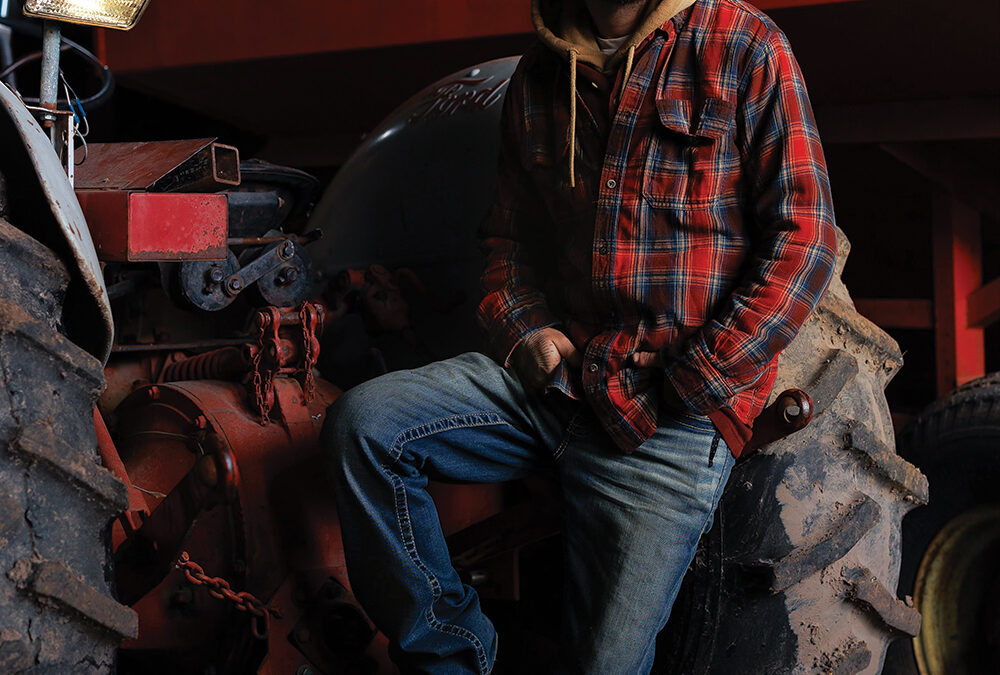
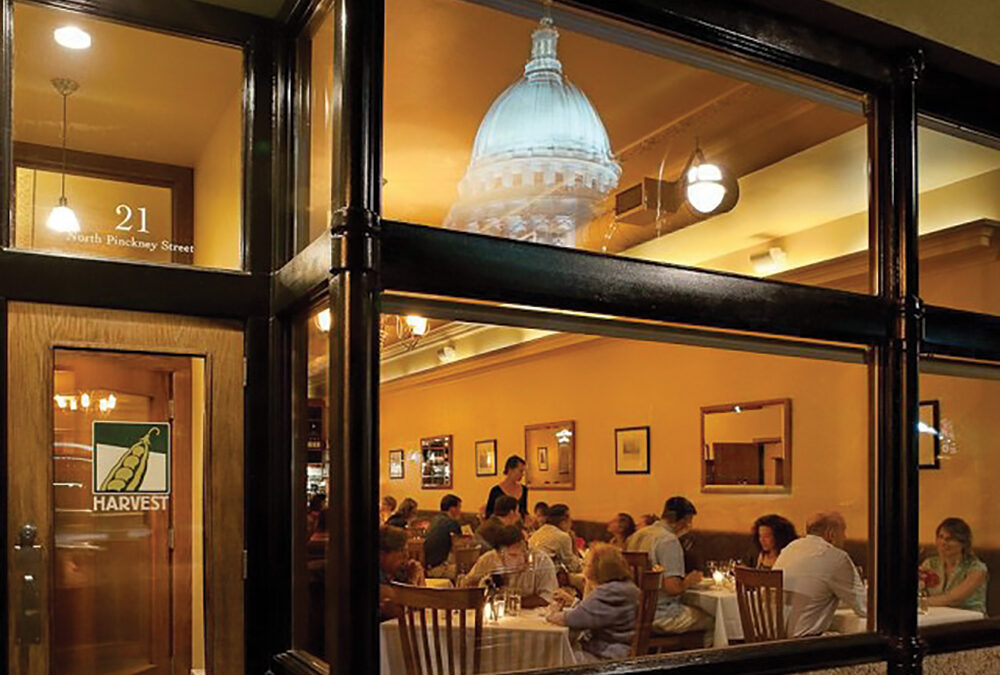
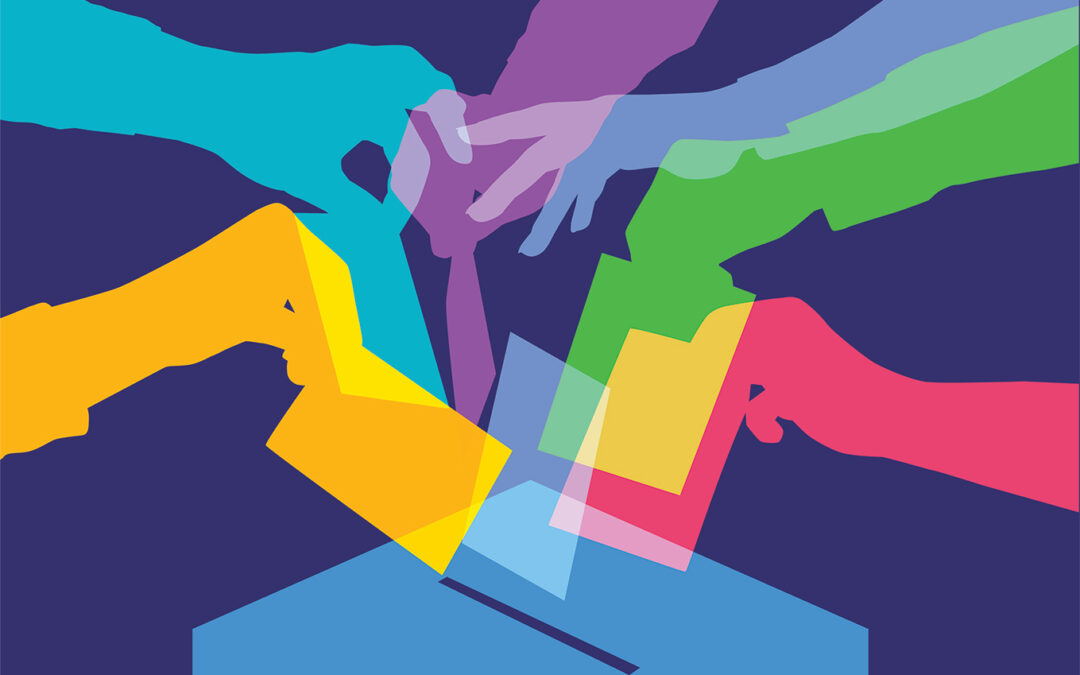
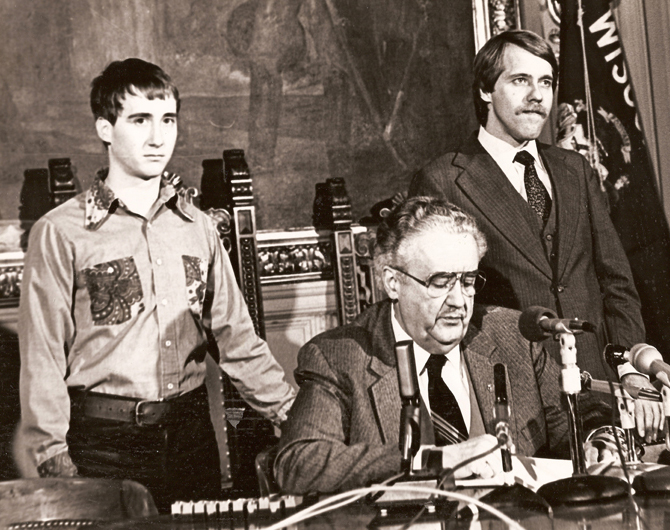
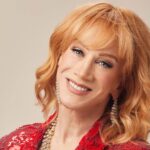
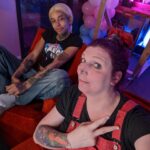
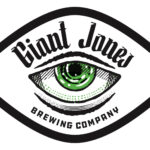
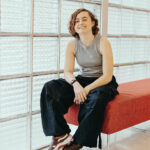
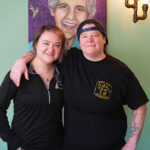
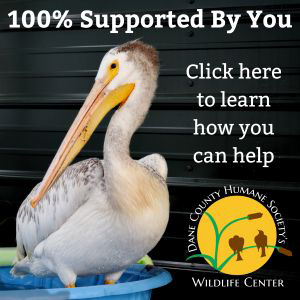
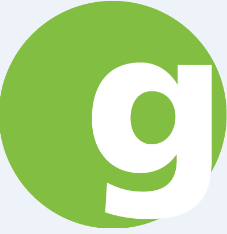
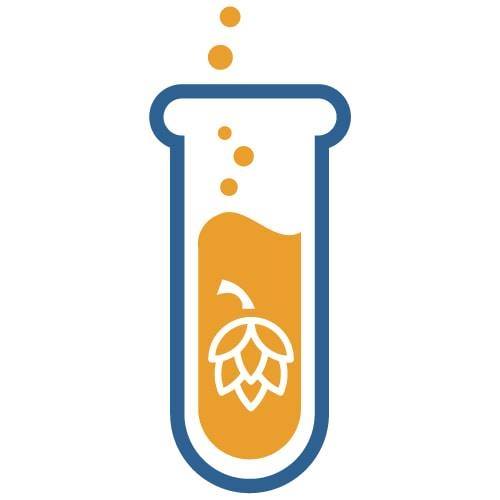
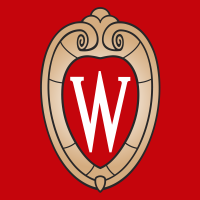
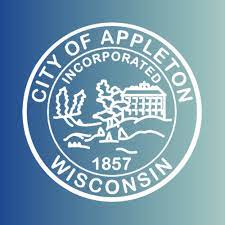
0 Comments